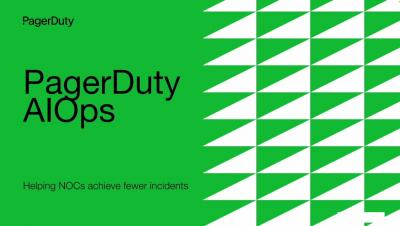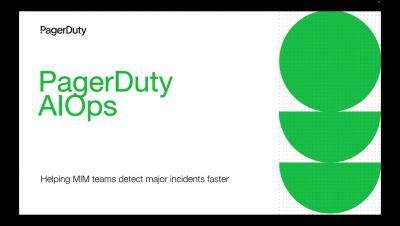Trending: Automation in I&O Optimization according to the Gartner 2023 Hype Cycle
In this blog, we take you through the latest trends in I&O optimization as Gartner’s report Hype Cycle for I&O Automation, 2023 predicts the widespread adoption of automated tools supporting IT infrastructure. This blog focuses on tools—like OnPage’s incident alert management solution—likely to be widely adopted as a standard for I&O optimization in the near future.










